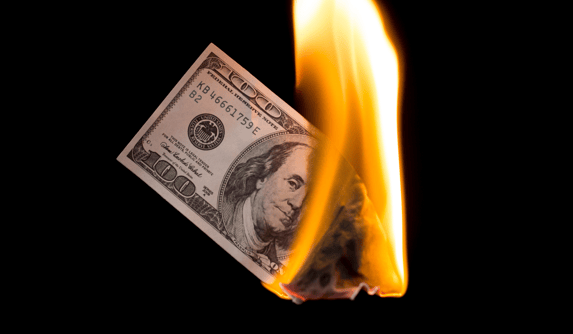
As we sail into 2021, many Americans are struggling with the aftershock of financial disaster. Whether it’s due to a layoff, a smaller workload, medical expenses or a change in family circumstances, the financial fallout of COVID-19 has been devastating for people in every sector of the economy.
Recovering from a financial disaster, due to a pandemic or any other reason, is never easy. But with hard work and the ability to look forward, it can be done. Here’s how.
Step 1: Assess the damage
Take a step back to evaluate exactly how much financial recovery you need to do. Are you thousands of dollars in debt? Are you looking for work? Do you have new ongoing costs to pay every month? Are there any other long-term financial implications of the recent disaster, like alimony or IRS liens?
Reviewing your overall financial picture, including your current income and ongoing expenses, will make it easier to take concrete steps toward recovery.
Step 2: Stay calm
Shock and denial are valid stages of grief for any major loss or disaster, but in order for you to recover, it's important to reach a place of acceptance about your new reality. Go ahead and vent to a close friend or express your feelings online. But then, let go. Harping on the negative will only drain you of the energy you need to move on.
Tim Essman of West Coast Wealth Strategies and Insurance Solutions stresses the importance of remaining calm during an economic downturn. "Don’t make any rash moves out of panic and fear," he cautions. "The best move in a financial crisis is to keep things stable until you can evaluate the situation and make rational decisions."
Step 3: Establish goals
Before you set out on the road to recovery, you should define your main goal. Are you looking to rebuild a depleted emergency fund? Find gainful employment that will help earn what you were making before? Pay down your medical bills? No matter what your end objective is, outlining your goals will make it much easier to move ahead.
As you work through this step, remember to choose goals that are SMART:
Specific — The goal should be clearly defined.
Measureable — Make sure there's a way to measure the goal, such as dollar amounts, credit score numbers, etc.
Attainable — Set a goal that is challenging, yet possible to achieve.
Realistic — Your goal should not be completely out of reach.
Timely — A goal without a deadline is just a wish.
Here's a short video explaining each step in more detail with real world examples.
Step 4: Create a plan
You’re now ready to create a full-blown plan to help you reach your goal. Your plan should consist of consecutive steps that lead to a life of complete financial wellness.
Here are some steps you should consider including in your plan:
- Trim your spending until you can consistently spend less than you earn.
- Build a small emergency fund to help get you through an unexpected expense.
- Seek new employment or new income streams, as necessary. Consider moonlighting, blogging or selling stuff online for extra cash.
- Start paying down debts. You may want to consolidate your debts with an unsecured loan to make this step easier.
- Save more aggressively, with an eye toward your retirement and another toward a large emergency fund with up to six months’ of living expenses.
Step 5: Make it happen
It’s time to put your plan into action. As long as your goals are SMART, you should be able to commit to your plan immediately.
Be sure to review your plan occasionally and adjust if any changes are needed.
Times are hard, but with a forward-thinking attitude and the willingness to work hard, recover is within reach.
Like this article? Subscribe to our blog and have great financial insights delivered to your inbox weekly.




